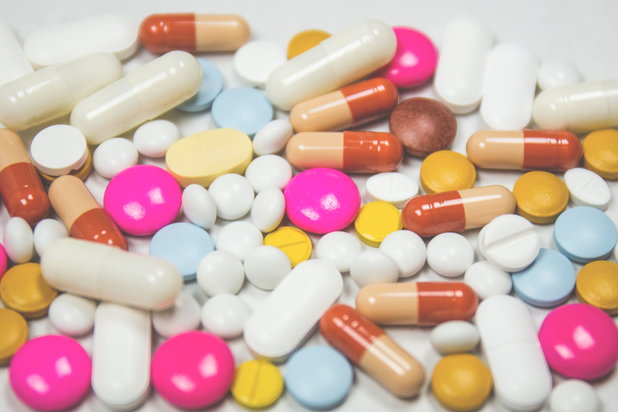Ever since the famous pop singer Prince overdosed and died in 2016, Percocet has gained quite a bit of attention. The prescription drug is most often associated with use as a pain reliever and is made up of a combination between oxycodone, hydrochloride and acetaminophen. While effective when used as prescribed, in recent years Percocet has become a top contender on the list of prescription drugs that are abused.
1. What is Percocet prescribed for?
Percocet is most often prescribed for short-term moderate to severe pain relief as a result of an injury or surgery. Generally, it is used for 7-10 days and can only be purchased with a prescription from a doctor. The oxycodone numbs pain receptors in the body and acetaminophen enhances the efficacy of the oxycodone action in the body. It comes in a tablet and is able to control pain for several hours at a time to help someone while incapacitated.
2. What are the side effects of taking Percocet?
The most common side effects reported from those taking Percocet are constipation, nausea or upset stomach, drowsiness, dry mouth, itching and headache. More seriously, low blood pressure, apnea or the temporary stopping of breathing, liver damage or shock can occur. Percocet has highly addictive properties as well. It is important to contact your healthcare professional immediately if you experience any of these symptoms.
3. What are the dangers of taking Percocet?
Any prescription medication has its dangers. The properties of Percocet have a very similar effect on the brain as Heroin. Heroin gives the brain and body the feeling of:
- Excitement
- Extreme pleasure
- Numbness and relaxation
Being in the opioid class of drugs, Percocet produces a dopamine response in the brain. Because dopamine is a neurotransmitter that stimulates the brain’s “feel good” circuitry, the body takes on feelings of pleasure. It then sparks behaviors that re-initiate another dopamine release creating a repeat cycle of use and very possibly cause dependency and/or addiction. Since Percocet is initially a necessary written prescription, some lean towards the belief that taking this medication is a safer way of getting high. Taking any prescription narcotic should be monitored closely by your doctor.
4. How do I know if I or a loved one is abusing Percocet?
There are several clear indicators of Percocet abuse and some that are not as obvious. If you suspect someone is abusing this drug, look for excessive side effects of the drug as mentioned above as well as:
- Stating that more of the drug is needed to create efficacy.
- Running out of pills much earlier than someone should.
- The need to crush the tablet before ingestion to elicit a faster response time.
- Doctor shopping. This tactic is used to gain additional written prescriptions without suspicion.
- Willingness to substitute the prescribed medication for anything similar in the opiate family.
- Exchanging something for the drug from others, better known as “bartering”.
5. Who is the most vulnerable to abuse/addiction?
Almost anyone is prone to abusing drugs and opiates have some of the most highly addictive ingredients. The 2013 National Survey on Drug Use and Health showed that people aged 18 to 25 were the most likely to report ever having abused oxycodone (9.9 percent) compared to 6 percent of people 26 and older. The Monitoring the Future Survey, funded by National Institute on Drug Abuse (NIDA), found that about 1 in 30 high school seniors has abused oxycodone at least once. Those who feel the need to avoid boredom, need comfort socially, escape problems or pain and feel easy acceptance of others find Percocet attractive and may use it unnecessarily.
6. What do I do if I suspect abuse or addiction?
First and foremost, contact a healthcare professional. If it is a friend or loved one, try to keep the drug in a locked drawer away from the user. Be on careful watch for symptoms of abuse or overdose such as:
- Extreme sleepiness
- Weakness of muscles
- Dizziness or fainting
- Cyanosis (blue skin, fingernails, lips)
- Low heart rate or cold clammy skin
- Breathing difficulty.
Although the US only accounts for approximately 5 percent of the world’s population, NIDA estimates that 81 percent of the world’s supply of oxycodone, the generic name for Percocet, is now consumed here.
If you or someone you know is seeking help from addiction to opiods such as Percocet, please visit our directory of opiate and detox treatment centers or call 800-772-8219 to inquire about specialists in your area.








